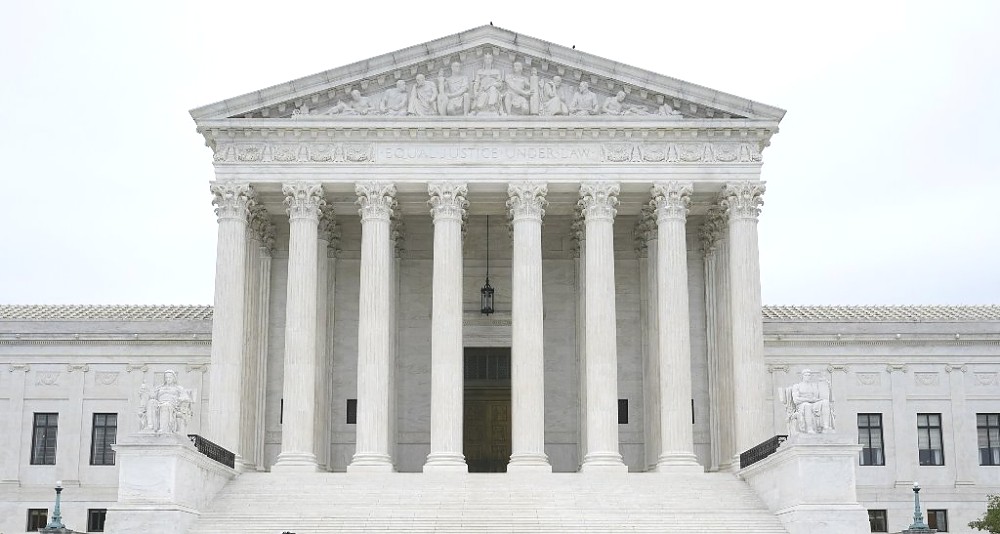For the first time in the country's history, Tanzania will have its first ever Supreme Court at the judiciary headquarters in the country's capital, Dodoma, thanks to a robust project which is currently ongoing that is expected to be completed next year. The project, expected to spend more than 120bn/- involves the construction of a nine-storey building of the high court, the modern court of appeal and the supreme Court as well as the administration block, according to the new Chief Court Administrator, Professor Elisante Ole Gabriel.
Currently, according to Prof. Ole Gabriel, Tanzania has 960 primary courts, 119 district courts, 29 Resident Magistrates Courts, 17 high courts and only one court of appeal. This means the court of appeal being constructed at the Judiciary square will be the second, and the country will now have the first ever Supreme court. Prof. Ole Gabriel was speaking when he made an official site visit at the project for the first time since he was appointed by President Samia Suluhu Hassan to lead the judiciary administration a fortnight ago.
With only ten days since he was sworn in as the new Chief Administrator of the Judiciary, Prof. Ole Gabriel used his official tour of the project to direct the contractor, Arqes Africa Limited to ensure that they fast-track the implementation of the project by looking on the possibility of handing over the project even before the expected deadline. He said that immediately after the contractor hands over the completed buildings, the judiciary would officially relocate its headquarters from Dar es Salaam to Dodoma.
The buildings, which upon completion would be popularly named as 'Judiciary Square' would consider all the important qualities including value for money aspect. "This is going to be the biggest headquarters of the judiciary in the East and Central Africa and they have considered the best design," he said. As of yesterday, Prof. Ole Gabriel said, the super structures of the high court had already reached at the eighth floor and that come next month, it will have reached the remaining floor (ninth). He said the court of appeal had reached the third floor while the supreme Court's construction had reached the second floor. "However, come December this year the super structures will have been completed, the remaining works will be at the finishing stage," he added.
Briefing the Chief Court Administrator earlier, the Architect of the project, Ms. Rose Nestory said the modern buildings had also considered the needs of People with Disabilities (PWDs), adding that until they reach the main entry the infrastructures were user friendly to PWDs. "After reaching the main entry, they will be able to use lifts and even in the public washrooms within the buildings we also considered the needs of PWDs," added Ms. Nestory who designed all drawings of the buildings.
